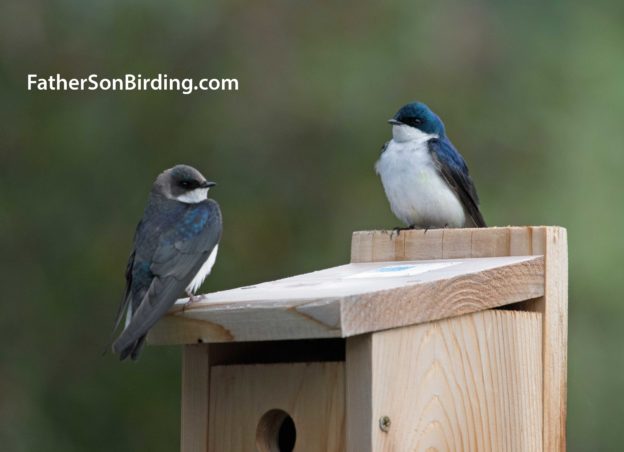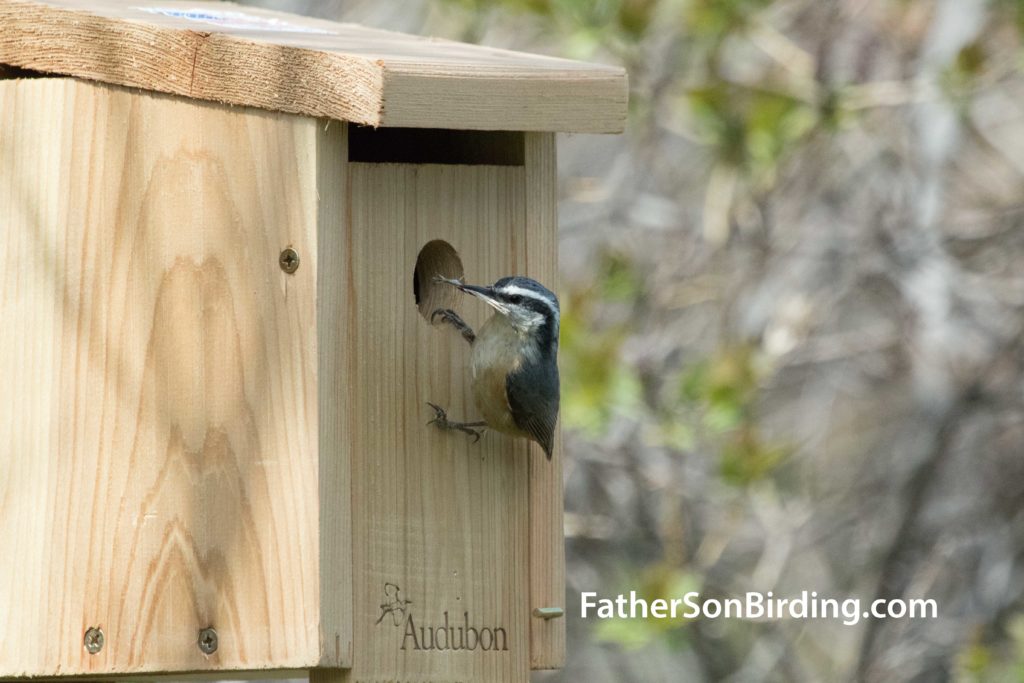Instead of our usual post this week, we’d like to share some home educational resources we’ve created to help teachers, parents, and kids keep teaching and learning. These can be found on Sneed’s Youtube Channel. Please share this post with as many people as you can think of. We thank you and hope you are staying safe!
Hello everyone! We hope that you are surviving the lockdown through these crazy, unprecedented times. Braden and I send our sympathies to everyone struggling right now, which we know includes a huge portion of humanity. We do recognize some silver linings to the situation, though, including more time with family, rethinking how we’ve chosen to live in the world, and the opportunity to help those around us.
Ultimately, of course, our success as a society depends on education more than anything and we asked ourselves, “What can we do to help?” We decided to put together some videos about birds and birding. Instead of posting a regular blog this week, we’d like to share these resources with you. They include three videos which can be found on Sneed’s Youtube Channel.
The first is an entertaining virtual version of one of the author visit talks I give when I visit schools in person. This one focuses on our trip to the Galápagos Islands and especially goes along with my book One Iguana, Two Iguanas: A Story of Accident, Natural Selection and Evolution.
The second is a short video of me just reading aloud my book Birds of Every Color. It’s perfect for young kids to watch—and as a great follow-up birding and adaptations study activity. And yes, I will forgive you if you think my voice sounds like Mr. Rogers!
The third video, which Braden and I are perhaps most proud of, is “Birding Basics with Sneed and Braden Collard.” This video helps get young people excited about birding, shows them what they need to begin, and introduces many common birds that can be seen almost anywhere in North America. Even better, I have put together a study guide and lesson plan that can be downloaded from my website.
We hope that you find these resources useful, and ask you to please share the links with everyone you know: teachers, parents, librarians, anyone. Even better, ask them to share. We do not have 50,000 YouTube and Twitter Followers to help get the word out, so depend on the word-of-mouth from people like you.
Since this is a very different post for us, we’re going to leave you with a very different picture: a short-tailed weasel I encountered while hiking recently—a hike I wouldn’t have taken without the lockdown. It helps show you that while many things change, other things stay the same—including the simple message: keep getting out into nature!






